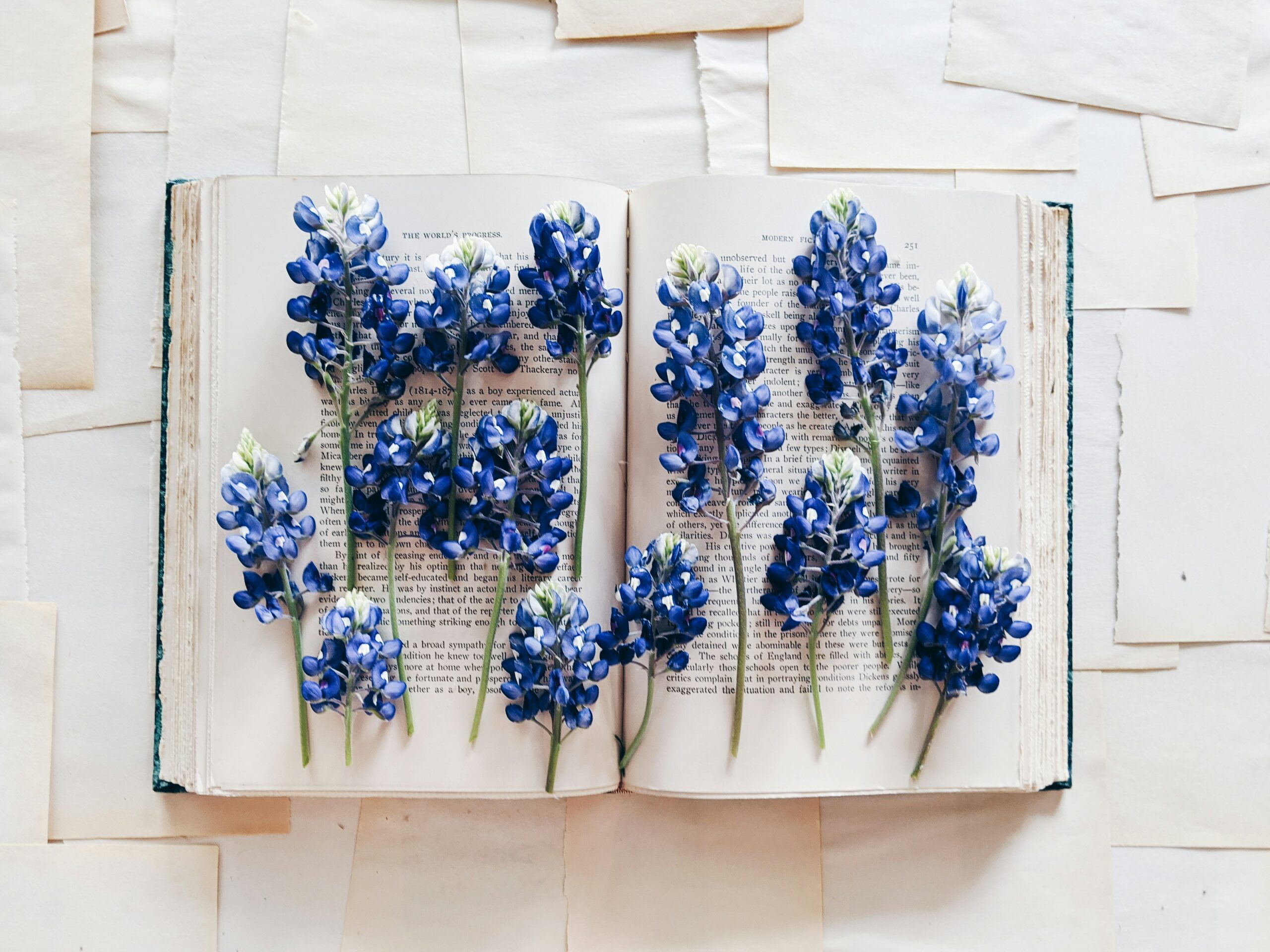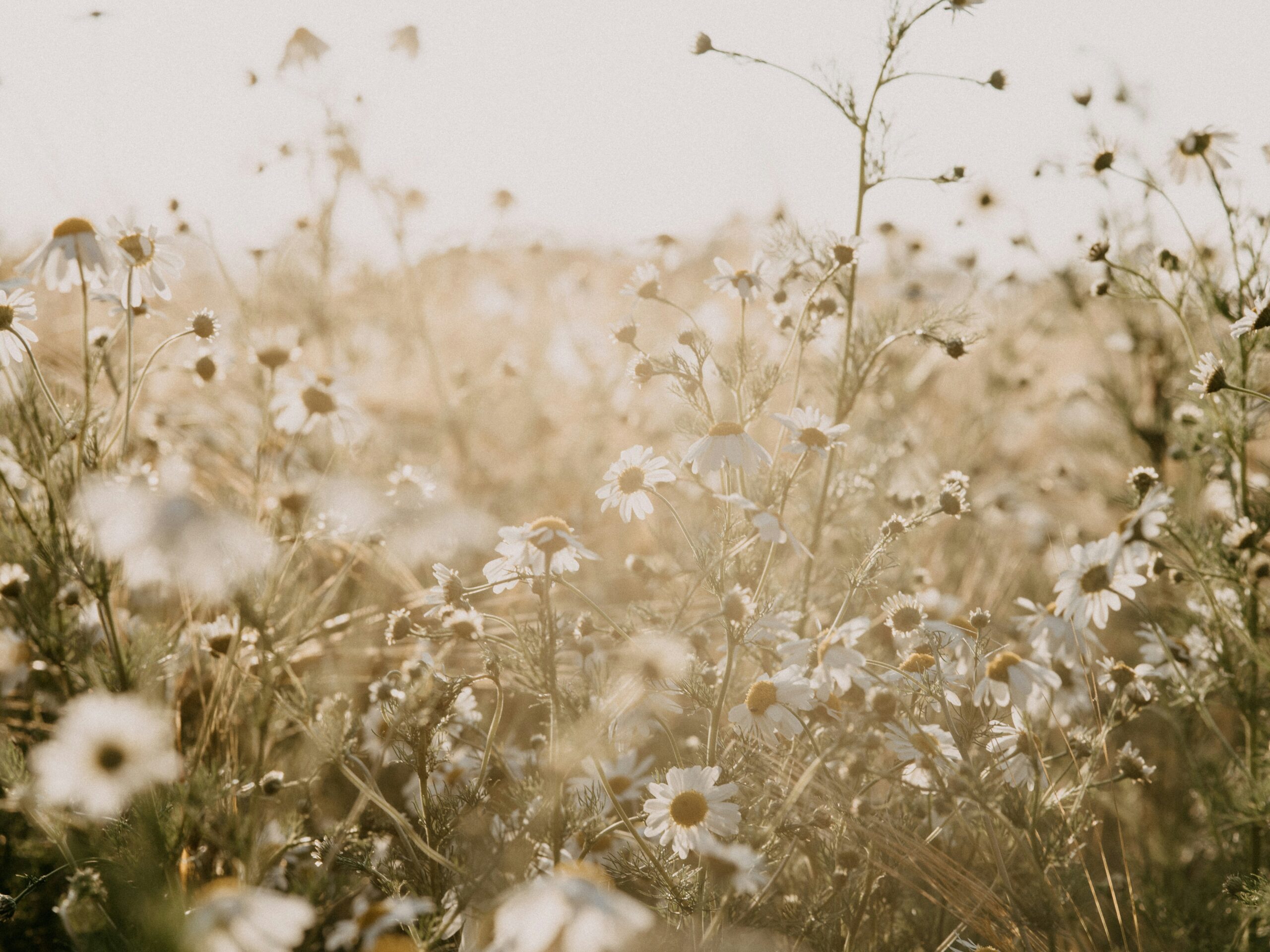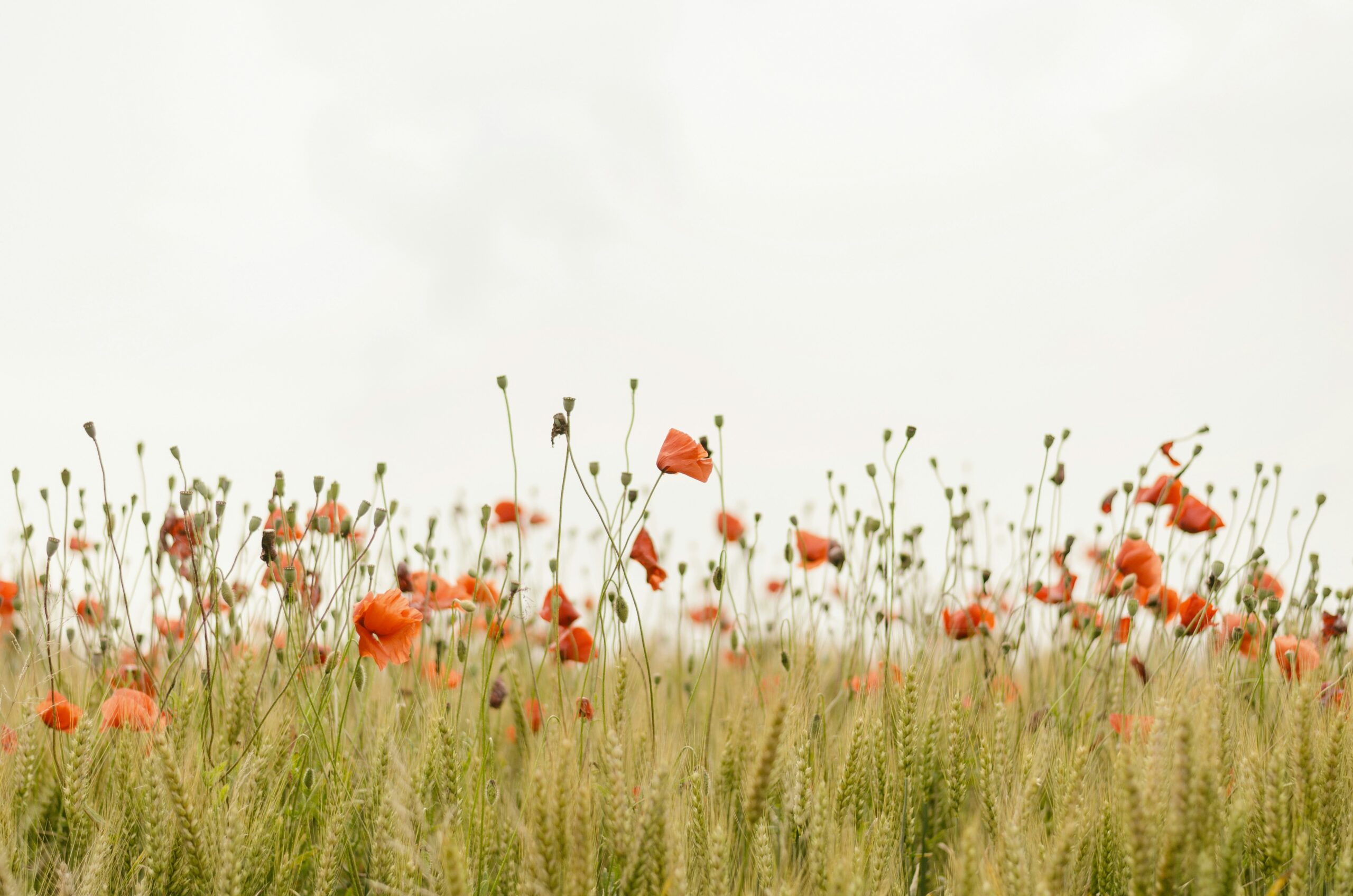Imagine standing on the majestic slopes of Mount Shasta, surrounded by the awe-inspiring beauty of nature. As you take in the breathtaking views, a burst of color catches your eye – wildflowers, vibrant and exquisite, dotting the landscape. It seems almost impossible to believe, but yes, it is indeed possible to witness the mesmerizing display of wildflowers on Mount Shasta. In this article, we will explore the enchanting world of wildflowers on this iconic mountain, uncovering the hidden treasures that await those who embark on this unforgettable journey. So pack your camera and prepare to be amazed by the kaleidoscope of colors that await you on Mount Shasta!
Location and basic facts about Mount Shasta
Geographical position of Mount Shasta
Mount Shasta is a majestic volcano located in Northern California, standing tall at an elevation of 14,179 feet. It is situated within the southern tip of the Cascade Range, near the town of Mount Shasta. This magnificent mountain is part of the Shasta-Trinity National Forest, which covers a vast area of about 2.1 million acres. Its picturesque location makes it a popular destination for hikers, nature enthusiasts, and those seeking breathtaking views.
Climate of Mount Shasta
The climate on Mount Shasta is characterized by its cool and wet winters, as well as mild and dry summers. The mountain experiences heavy snowfall during the winter months, which contributes to its stunning snow-capped peaks. Summers are mild and pleasant, with temperatures ranging from the mid-60s to mid-70s Fahrenheit. The combination of these weather patterns creates an ideal environment for the growth of diverse flora, including an abundance of wildflowers.
Biodiversity present on Mount Shasta
Mount Shasta is home to a rich biodiversity, with a variety of plant and animal species thriving in its unique ecosystem. From the dense forests that blanket its lower slopes to the alpine meadows perched high on its peaks, the mountain supports a diverse range of habitats. This allows for the coexistence of various species, including birds, mammals, and insects. Additionally, the mountain hosts a remarkable array of wildflowers, which contribute to the vibrant tapestry of life on Mount Shasta.
Wildflower biodiversity on Mount Shasta
A list of common wildflower species
Mount Shasta boasts an impressive collection of wildflowers, each adding a unique touch of color to its landscape. Some common wildflower species that can be found on the mountain include the California poppy, lupine, Indian paintbrush, columbine, and fireweed. These vibrant flowers paint the mountainside in hues of red, purple, yellow, and orange, creating a breathtaking sight for visitors to behold.
Specific habitats of different wildflower species
Each wildflower species on Mount Shasta has its preferred habitat, contributing to the diverse array of ecosystems found on the mountain. Indian paintbrush, for example, thrives in open meadows, while lupine prefers the drier slopes. Columbine can often be found near rocky outcroppings, taking advantage of the well-drained soils. Understanding these specific habitats can enhance the experience of searching for and appreciating these delicate blooms.
Time and condition for wildflower blooming
The blooming season for wildflowers on Mount Shasta typically begins in late spring and extends through summer. The exact timing can vary depending on factors such as elevation and weather conditions. In lower elevation areas, wildflowers tend to bloom earlier in the season, while at higher elevations, they may bloom slightly later. It is recommended to check with local authorities or visitor centers for up-to-date information on blooming conditions and to plan your visit accordingly.

Best Season to See Wildflowers on Mount Shasta
Spring: The onset of blooming season
Spring marks the beginning of the wildflower blooming season on Mount Shasta. Delicate flowers such as buttercups and shooting stars start to emerge, bringing forth a sense of renewal and beauty. As the snow begins to melt, the lower elevation areas become a lush carpet of blossoms, offering a visual feast for all who venture to witness this natural spectacle.
Summer: Peak of wildflower bloom
Summer is the peak season for wildflower bloom on Mount Shasta. The meadows explode in colors as a vast array of flowers burst into full display. This season offers the most abundant and diverse range of wildflowers, showcasing the mountain's vibrant ecosystem at its finest. Hiking through alpine meadows and exploring volcanic landscapes during this time presents an awe-inspiring experience like no other.
Autumn: Late bloomers and changes in wildflower landscapes
While the peak season may have passed, autumn on Mount Shasta still holds surprises for wildflower enthusiasts. Late bloomers such as asters and goldenrods adorn the landscape, adding a touch of warmth and transitioning the mountain from the vibrant hues of summer to the rich golden tones of fall. The changing foliage acts as a backdrop, creating a captivating contrast with the remaining blossoms.
Winter: Dormant status of wildflowers
During winter, when the mountains are blanketed in snow and temperatures drop, the wildflowers on Mount Shasta enter a dormant state. Covered in a pristine white coat, the mountain takes on an ethereal beauty, captivating the imaginations of all who lay eyes upon it. Although wildflowers are not in bloom during this time, the tranquility and majesty of the winter scenery make it a season worth exploring.
Specific Areas to See Wildflowers on Mount Shasta
Lower Elevation Areas
The lower elevation areas of Mount Shasta, such as the Bunny Flat Trailhead and Castle Lake, offer stunning displays of wildflowers during the spring and summer months. These areas are easily accessible and provide a great starting point for those new to wildflower viewing. The vibrant blooms against the backdrop of towering forests create a picture-perfect scene that is sure to leave a lasting impression.
Mountain Meadows
The mountain meadows of Mount Shasta, such as Horse Camp and Panther Meadow, boast a breathtaking abundance of wildflowers during the peak season. These serene and picturesque meadows provide a tranquil setting for immersing oneself in nature's beauty. As you hike through these meadows, you will encounter a myriad of wildflowers, each contributing to the vibrant tapestry of colors that blankets the landscape.
Volcanic Lands
The volcanic lands of Mount Shasta, including the McBride Springs and Whitney Butte Trails, offer a unique opportunity to witness wildflowers thriving in rugged and dramatic environments. Here, you can observe hardy species such as paintbrushes and larkspur that have adapted to the harsh volcanic soils. The contrasting colors of the flowers against the bold rock formations create a striking visual spectacle that highlights nature's resilience.
Lakes and Wetlands
The lakes and wetlands around Mount Shasta, such as Lake Siskiyou and Mossbrae Falls, provide a captivating backdrop for wildflower enthusiasts. These water-rich environments sustain a diverse array of plant life, including various aquatic and marshland wildflowers. A leisurely hike around these areas will reward you with the opportunity to discover hidden pockets of beauty nestled within the surrounding waterways.

Guidelines for Wildflower Viewing
Notice and respect protected areas
When venturing out to witness the wildflowers on Mount Shasta, it is essential to be aware of and respect any designated protected areas. These areas may have specific rules and regulations in place to ensure the preservation of fragile habitats. Stay on designated trails and avoid trampling or damaging the vegetation. By adhering to these guidelines, you can help preserve the delicate ecosystems that support the wildflowers.
Be aware of wildlife and habitats
As you embark on your wildflower viewing adventure, take the time to observe and appreciate the wildlife and habitats that coexist with the wildflowers. Respect their presence by maintaining a safe distance and observing from a respectful vantage point. Be aware of local wildlife, such as bears or mountain lions, and take appropriate precautions for your own safety. By practicing responsible and mindful viewing, you can help protect both the wildflowers and their natural inhabitants.
Avoid damaging wildflowers during your visit
While it is exciting to be surrounded by the beauty of wildflowers, it is crucial to remember that these delicate blooms are part of a fragile ecosystem. Avoid picking or trampling wildflowers, as this can disrupt their reproduction and overall health. Take photographs and memories with you to cherish long after your visit. By leaving the wildflowers undisturbed, you contribute to their long-term survival and the enjoyment of future visitors.
Wildflower Photography on Mount Shasta
Tips for wildflower photography
Capturing the stunning beauty of wildflowers on Mount Shasta through photography can be a rewarding experience. To make the most of your photography adventure, consider these tips:
- Experiment with different angles and perspectives to capture the unique details and colors of each wildflower.
- Utilize natural lighting to enhance the vibrancy and textures of the blooms. Early morning and late afternoon often provide the most flattering light.
- Focus on capturing the interaction between the wildflowers and their surrounding environment. This can add depth and context to your photographs.
Most picturesque wildflower blooming sites
Mount Shasta offers numerous picturesque locations to capture the beauty of wildflowers. Some popular sites known for their dramatic and photogenic wildflower displays include Panther Meadow, Castle Lake, and the McCloud River Falls. These areas provide breathtaking backdrops, vibrant colors, and unique compositions that will inspire both amateur and professional photographers alike.
Potential photography difficulties and how to overcome them
While photographing wildflowers on Mount Shasta can be a rewarding endeavor, it's important to be aware of potential challenges and how to overcome them. Here are a few difficulties you may encounter, along with possible solutions:
- Wind: Windy conditions can make it challenging to capture sharp images. Consider using a tripod or stabilizing your camera to prevent camera shake.
- Harsh lighting: Midday sun can cause harsh shadows and washed-out colors. Try photographing during the golden hours of sunrise and sunset to achieve softer, more flattering lighting.
- Crowded areas: Popular wildflower viewing spots may attract crowds, making it difficult to capture uninterrupted shots. Patience and timing can help you find quieter moments or explore lesser-known areas for more intimate photography opportunities.

Wildflower Hiking Trails on Mount Shasta
Overview of wildflower-rich trails
Mount Shasta offers an extensive network of hiking trails that lead you through captivating wildflower displays. Some notable trails include the Whitney Falls Trail, the Panther Meadows Loop, and the Sisson-Callahan Trail. Each trail offers a unique opportunity to immerse yourself in the mountain's natural beauty, with wildflowers lining the paths and offering glimpses into the diverse ecosystems they inhabit.
Fitness level and hiking preparation
Before embarking on a wildflower hike on Mount Shasta, assess your fitness level and choose a trail that aligns with your abilities. Some trails may be more strenuous and require a higher level of endurance, while others offer a more leisurely experience. It is important to come prepared with proper hiking gear, including sturdy footwear, sunscreen, a hat, and plenty of water. Being physically and mentally prepared will ensure a safe and enjoyable hiking adventure.
Specific highlights of each trail
- Whitney Falls Trail: This trail takes you on an exhilarating journey to witness the majestic Whitney Falls, with wildflowers dotting the landscape along the way. The breathtaking combination of the falls, lush greenery, and vibrant wildflowers makes this trail a must-visit for nature enthusiasts.
- Panther Meadows Loop: The Panther Meadows Loop offers a relatively easy hike with stunning wildflower displays. This trail allows you to explore the mountain meadows, immerse yourself in their beauty, and witness the delicate blooms up close.
- Sisson-Callahan Trail: The Sisson-Callahan Trail is a longer and more challenging hike that rewards you with panoramic views and an abundance of wildflowers. As you traverse the trail, you will encounter diverse habitats, including forests, meadows, and volcanic lands, showcasing the vast array of flora and fauna supported by Mount Shasta.
Role of Wildflowers in Mount Shasta Ecosystem
Importance for wildlife
Wildflowers play a vital role in the Mount Shasta ecosystem, providing a source of food, shelter, and habitat for a wide range of wildlife species. The nectar-rich blooms attract pollinators such as bees and butterflies, aiding in the reproduction of both wildflowers and other plant species. Additionally, the seeds and foliage of various wildflowers serve as a crucial food source for birds, small mammals, and insects, contributing to the overall biodiversity and balance within the ecosystem.
Contribution to the scenery and tourism
The presence of wildflowers on Mount Shasta adds to the breathtaking scenery and natural beauty of the area, attracting visitors from near and far. The vibrant colors and fragrant blooms create a picturesque backdrop that is often portrayed in photographs, artwork, and local tourism promotions. The wildflowers on Mount Shasta are not just a sight to behold but also contribute to the thriving tourism industry, showcasing the mountain's unique charm and allure.
Roles in local or native cultures and histories
Wildflowers hold cultural significance for many indigenous tribes native to the Mount Shasta region. They have been used in ceremonies, traditional healing practices, and as symbols in storytelling and oral histories. The presence of these flowers often represents a connection to the land, an appreciation for nature's gifts, and the values held by native communities. Preserving and celebrating the wildflowers is a testament to honoring the cultural heritage and history of the area.
Conservation Efforts for Wildflowers on Mount Shasta
Current conservation measures
Efforts to conserve the wildflowers on Mount Shasta are ongoing, with various organizations and agencies dedicated to protecting and preserving their delicate habitats. Government agencies such as the U.S. Forest Service work together with local nonprofits, community groups, and volunteers to implement conservation measures. These measures include habitat restoration, invasive species management, and educational outreach programs focused on raising awareness about the importance of wildflowers and their habitats.
Roles of local residents, visitors, and organizations in conservation
Conservation efforts would not be possible without the collective commitment of local residents, visitors, and organizations. Local residents often take an active role in advocating for the preservation of the mountain's natural treasures, serving as stewards and ambassadors for the wildflower habitats. Visitors can also contribute by practicing responsible tourism, following guidelines, and supporting local conservation initiatives. Organizations play a crucial role in coordinating and implementing conservation projects, harnessing the collective effort of the community to ensure a sustainable future for the wildflowers on Mount Shasta.
Challenges in wildflower conservation
Despite the collective conservation efforts, there are challenges inherent in the preservation of wildflowers on Mount Shasta. Factors such as climate change, habitat destruction, and the introduction of invasive species pose significant threats to these delicate ecosystems. The fragility of the wildflowers and their habitats necessitates ongoing monitoring and adaptive management techniques to address these challenges effectively. With continued dedication and collaboration, however, it is possible to overcome these obstacles and ensure the long-term survival of these precious natural treasures.
Educational Opportunities around Wildflowers on Mount Shasta
Wildflower identification workshops or tours
Mount Shasta provides numerous opportunities for educational workshops and tours focused on wildflower identification. These programs offer participants the chance to learn about the diverse flora present on the mountain, their ecological significance, and methods for accurate identification. Led by knowledgeable guides and experts, these workshops provide a hands-on experience that fosters a deeper understanding and appreciation for the wildflowers that grace Mount Shasta's slopes.
Educational materials and signs available to visitors
To enhance the educational experience, visitors to Mount Shasta can often find educational materials and signage throughout the area. Interpretive signs provide valuable information about the wildflowers and their habitats, helping visitors to further understand and connect with the natural wonders they encounter. Brochures, field guides, and other resources are also available to assist in identifying and learning about the different wildflower species found on the mountain.
Role of wildflowers in teachings about local ecology and landscape
The wildflowers on Mount Shasta play a crucial role in educating both locals and visitors about the mountain's ecology and landscape. Schools and educational institutions incorporate wildflower studies into their curriculum, teaching students about the interconnectedness of ecosystems, pollination processes, and the importance of conservation. These lessons foster a sense of environmental stewardship and appreciation for the natural wonders that surround them. Additionally, various workshops, lectures, and community events focus on the educational aspect of wildflowers, ensuring that the knowledge and understanding of their value and contribution continue to be passed on to future generations.
In conclusion, the wildflowers of Mount Shasta are a captivating sight to behold, offering a stunning display of colors and fragrances that enhance the natural beauty of the mountain. With their ecological significance, cultural importance, and contribution to the local economy, the preservation and appreciation of these delicate blooms are of utmost importance. By following guidelines, respecting protected areas, and practicing responsible tourism, we can all play a role in ensuring the long-term survival and enjoyment of the wildflowers on Mount Shasta. So, lace up your hiking boots, grab your camera, and embark on an unforgettable journey through the wildflower paradise that is Mount Shasta.
